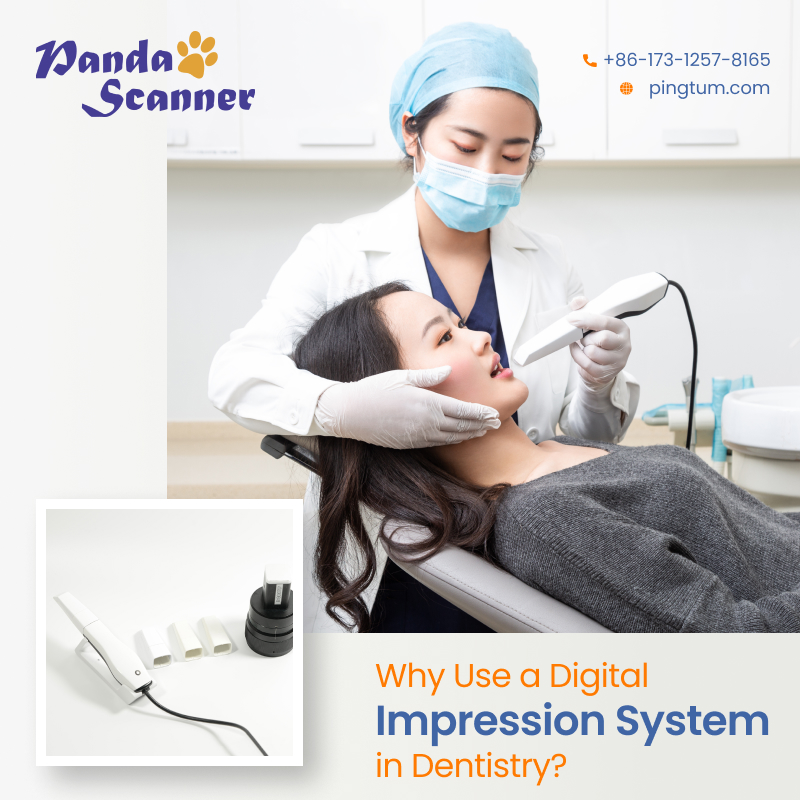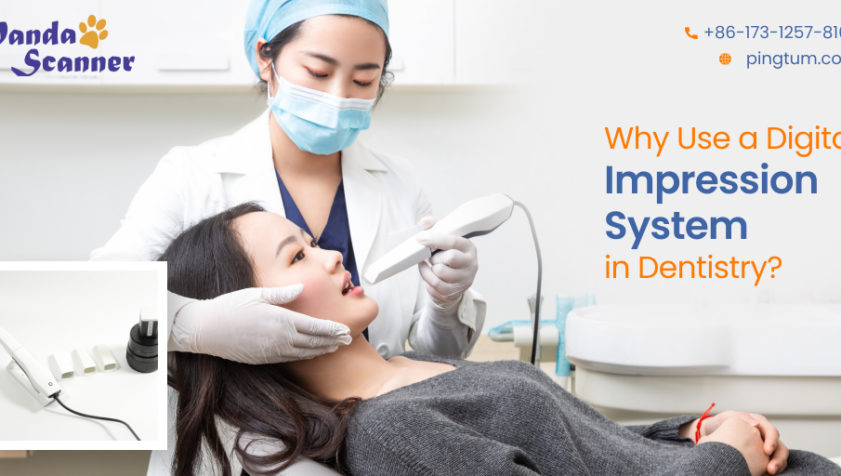Dentistry has a lot of gain with the advent of digital technology, such as a digital impression system. It has transformed dentistry and brought several benefits to every stakeholder in the value chain. Moreover, it is replacing the conventional system of taking impressions, namely using X-rays. The speed, accuracy, and convenience offered by an intraoral scanner, such as a China intraoral scanner, have made it an attractive proposition for dentists. By incorporating such a device into the workflow, dentists can look forward to greater patient footfall given the superior experience received by the latter. Read the blog further to know how a digital impression system is advantageous for every stakeholder, including patients.

Benefits Accrued to Dentistry Due to an Intraoral Scanner
In the traditional method of obtaining impressions of the broken teeth, an alginate or sticky material is placed at the site of the broken tooth, and the patient is asked to press it hard for some time. This can turn out to be unbearable and even risky for some with the attendant risks of gagging and swallowing the material. Further, if the impression does not turn out to be of proper configuration in the first instance, the whole procedure shall be repeated causing further distress of the patient. If this is not enough, the impressions will be stored and transferred physically to a dental laboratory to prepare restorative solutions, such as an implant, bridge, or crown. After all this, the final product can come in the form of an ill-fitting implant. No wonder, the method is not the ideal one. This is why using a scanner, such as a China intraoral scanner, makes much more sense for dentists.
No distress for the patient: In a conventional method, patients need to hold onto the alginate material tightly by clenching their teeth. This, for some, may lead to issues like the gag reflex, nausea, or even the risk of swallowing. A modern digital impression system, on the other hand, does not cause any distress to the patient. The dentist can take as many impressions as possible in a quick time. The probe taking the scan is gently inserted into the mouth and moved around. The scanned images are processed by CAD software and a 3D imagery of the scanned area is shown on a chairside monitor. The digital files are then sent to the dental laboratory through email to develop the restorative solution.
Accurate output: The light emitted from the probe falls on the area to be scanned inside the mouth. The images of the teeth and gums are then captured and displayed on the monitor in real-time. Here, the contours of the teeth and gums are accurately captured, which allows the dentist to diagnose the problem quickly and determine the line of treatment. The entire procedure gets over in a jiffy and the waiting time for patients in the queue is considerably reduced.
Environment-friendly: The impressions taken in the conventional method are needed to be stored, transported, and disposed of once the job is done. This can take time and consume space for storage. With a modern intraoral scanner, like the China intraoral scanner, the entire procedure is in digital format, and there is no need to dispose of any physical impression materials. This is environmentally friendly on all counts.
Better patient experience: With a modern digital impression system, the patient can view the images on a chairside monitor in real-time. This transparent method creates confidence in the patient about the recommended treatment to address the dental issue. Also, since the entire procedure can be done in a few minutes, the waiting time for the patient is reduced considerably vis-a-vis a traditional method. The better patient experience gets translated into positive word-of-mouth and more footfall.
Conclusion
Dental scanners, such as the China intraoral scanner, have slowly made inroads into dentistry thanks to their ease of use, convenience, accuracy, and speed. The higher cost of investment initially can get offset by the superior patient experiences they generate leading to greater footfall and revenue.






